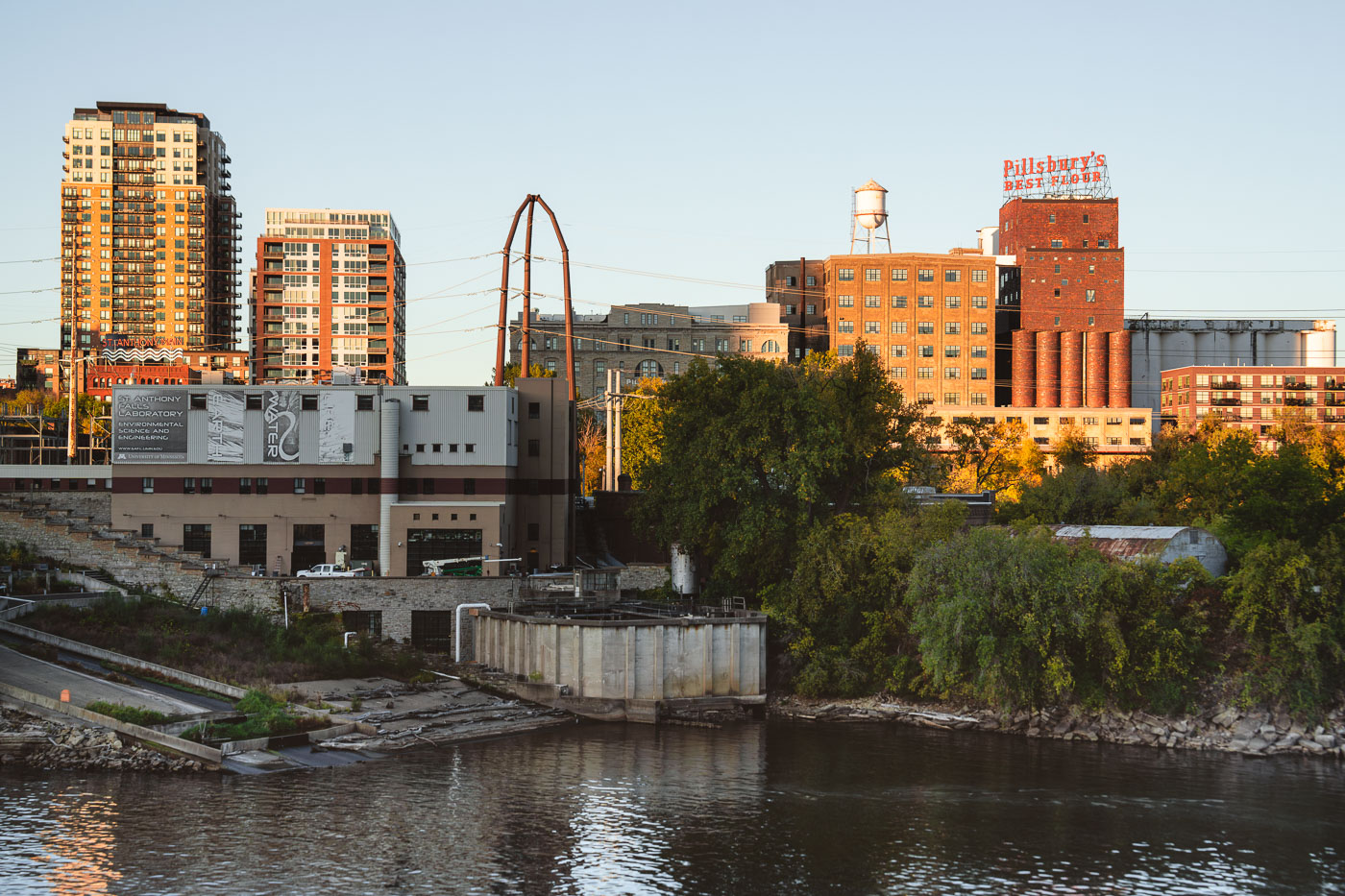
The Pillsbury A-Mill, completed in 1881 on the east bank of the Mississippi River, was once the largest flour mill in the world and a symbol of Minneapolis’s dominance in global grain production. Designed by architect LeRoy Buffington and engineer William de la Barre, the mill harnessed the power of St. Anthony Falls to grind over 5,000 barrels of flour a day at its peak. Its innovative use of water turbines, reinforced limestone walls, and massive storage elevators represented the cutting edge of 19th-century milling technology. Today, the restored complex — now repurposed as artist lofts — stands as a National Historic Landmark and a reminder of the city’s industrial ingenuity.